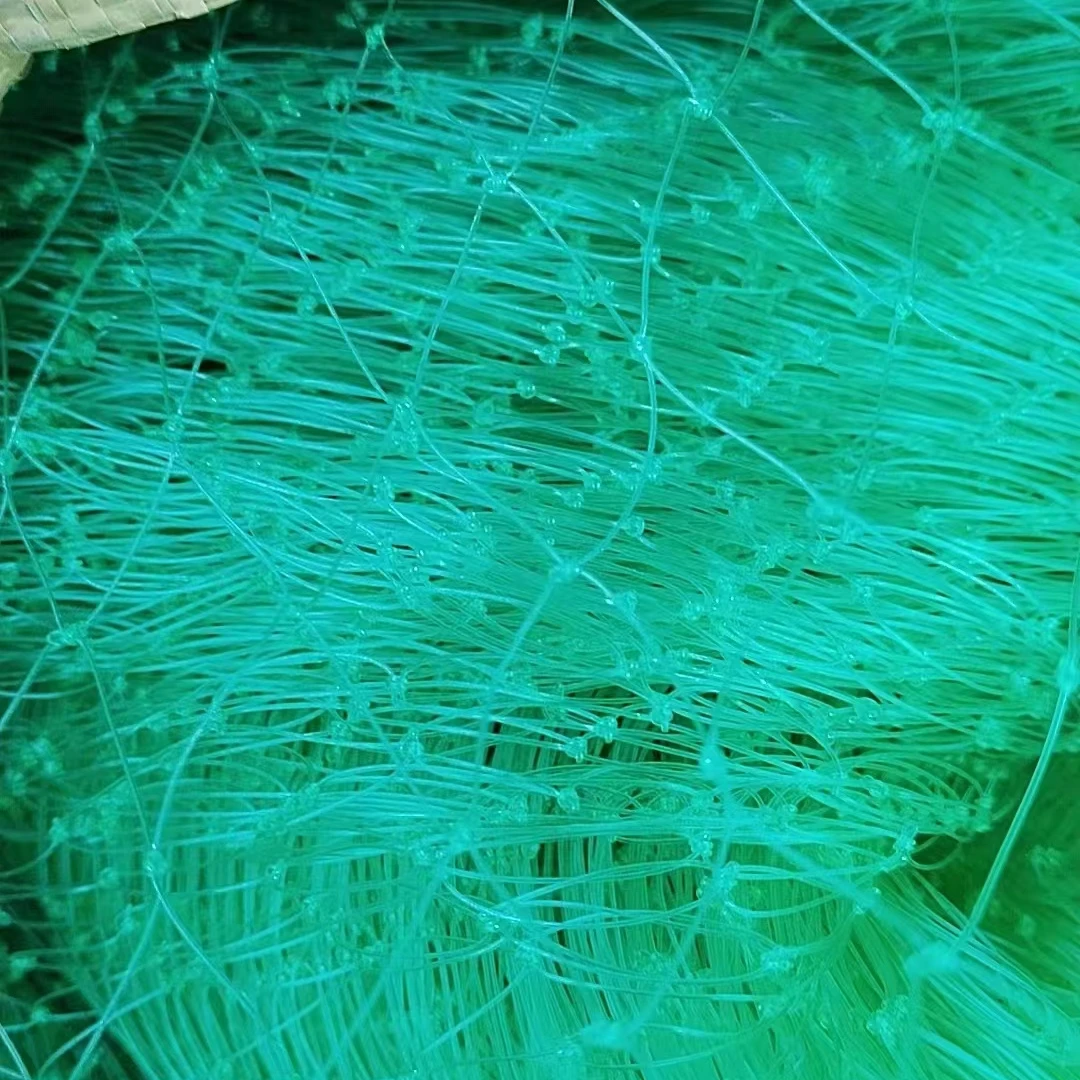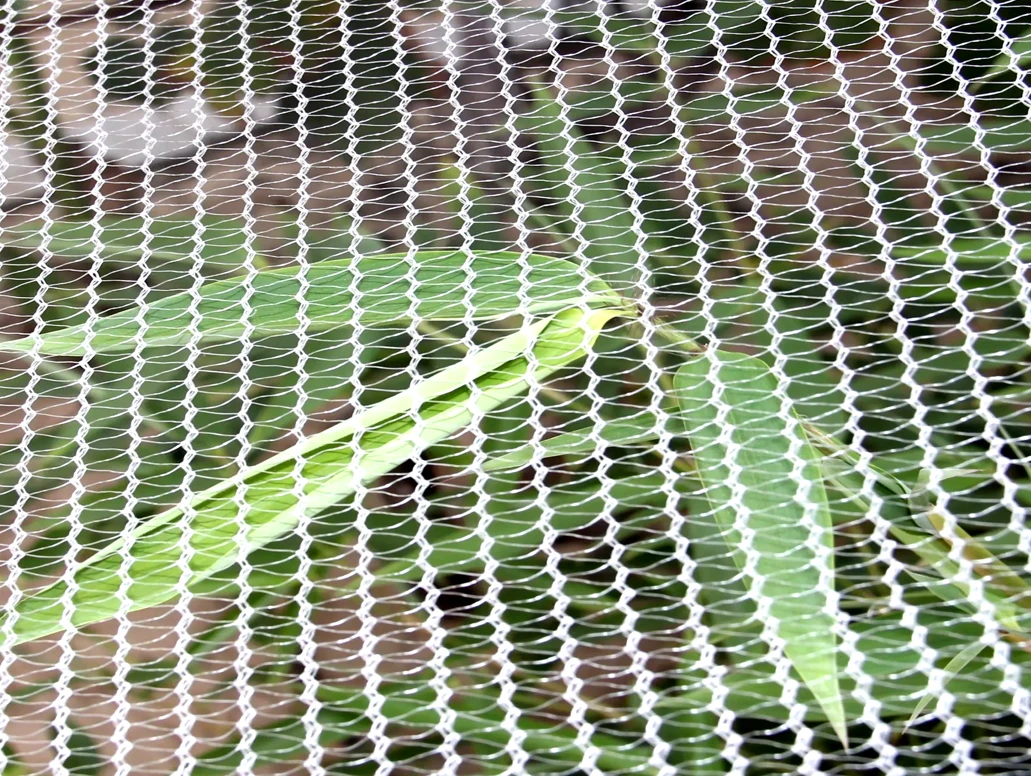-
 Afrikaans
Afrikaans -
 Albanian
Albanian -
 Amharic
Amharic -
 Arabic
Arabic -
 Armenian
Armenian -
 Azerbaijani
Azerbaijani -
 Basque
Basque -
 Belarusian
Belarusian -
 Bengali
Bengali -
 Bosnian
Bosnian -
 Bulgarian
Bulgarian -
 Catalan
Catalan -
 Cebuano
Cebuano -
 China
China -
 Corsican
Corsican -
 Croatian
Croatian -
 Czech
Czech -
 Danish
Danish -
 Dutch
Dutch -
 English
English -
 Esperanto
Esperanto -
 Estonian
Estonian -
 Finnish
Finnish -
 French
French -
 Frisian
Frisian -
 Galician
Galician -
 Georgian
Georgian -
 German
German -
 Greek
Greek -
 Gujarati
Gujarati -
 Haitian Creole
Haitian Creole -
 hausa
hausa -
 hawaiian
hawaiian -
 Hebrew
Hebrew -
 Hindi
Hindi -
 Miao
Miao -
 Hungarian
Hungarian -
 Icelandic
Icelandic -
 igbo
igbo -
 Indonesian
Indonesian -
 irish
irish -
 Italian
Italian -
 Japanese
Japanese -
 Javanese
Javanese -
 Kannada
Kannada -
 kazakh
kazakh -
 Khmer
Khmer -
 Rwandese
Rwandese -
 Korean
Korean -
 Kurdish
Kurdish -
 Kyrgyz
Kyrgyz -
 Lao
Lao -
 Latin
Latin -
 Latvian
Latvian -
 Lithuanian
Lithuanian -
 Luxembourgish
Luxembourgish -
 Macedonian
Macedonian -
 Malgashi
Malgashi -
 Malay
Malay -
 Malayalam
Malayalam -
 Maltese
Maltese -
 Maori
Maori -
 Marathi
Marathi -
 Mongolian
Mongolian -
 Myanmar
Myanmar -
 Nepali
Nepali -
 Norwegian
Norwegian -
 Norwegian
Norwegian -
 Occitan
Occitan -
 Pashto
Pashto -
 Persian
Persian -
 Polish
Polish -
 Portuguese
Portuguese -
 Punjabi
Punjabi -
 Romanian
Romanian -
 Russian
Russian -
 Samoan
Samoan -
 Scottish Gaelic
Scottish Gaelic -
 Serbian
Serbian -
 Sesotho
Sesotho -
 Shona
Shona -
 Sindhi
Sindhi -
 Sinhala
Sinhala -
 Slovak
Slovak -
 Slovenian
Slovenian -
 Somali
Somali -
 Spanish
Spanish -
 Sundanese
Sundanese -
 Swahili
Swahili -
 Swedish
Swedish -
 Tagalog
Tagalog -
 Tajik
Tajik -
 Tamil
Tamil -
 Tatar
Tatar -
 Telugu
Telugu -
 Thai
Thai -
 Turkish
Turkish -
 Turkmen
Turkmen -
 Ukrainian
Ukrainian -
 Urdu
Urdu -
 Uighur
Uighur -
 Uzbek
Uzbek -
 Vietnamese
Vietnamese -
 Welsh
Welsh -
 Bantu
Bantu -
 Yiddish
Yiddish -
 Yoruba
Yoruba -
 Zulu
Zulu
Durable Plastic Mesh for Poultry and Agricultural Applications
The Versatility and Benefits of Plastic Poultry Netting
In the world of agriculture, particularly in poultry farming, the choice of materials can significantly impact productivity, cost-effectiveness, and animal welfare. One such material that has gained considerable attention over the years is plastic poultry netting. This innovative solution has changed how poultry farmers protect their flocks and manage their facilities. This article delves into the characteristics, benefits, and applications of plastic poultry netting, showcasing why it has become a staple in modern poultry farming.
Understanding Plastic Poultry Netting
Plastic poultry netting is a lightweight, durable, and flexible material designed primarily to safeguard poultry from predators and escape. Typically made from high-density polyethylene (HDPE) or polypropylene, this netting is UV-stabilized to withstand varying weather conditions and has a high resistance to moisture, making it suitable for outdoor use. The netting comes in various sizes and configurations, allowing farmers to select the best option for their specific needs.
Benefits of Plastic Poultry Netting
1. Enhanced Protection from Predators One of the primary purposes of using plastic poultry netting is to create a barrier that keeps out predators such as raccoons, foxes, and hawks. This netting effectively prevents these animals from accessing the poultry, thus reducing losses and ensuring the safety of the flock.
2. Cost-Effective Solution Compared to traditional fencing options like metal or wooden barriers, plastic netting provides a more affordable alternative. Its lightweight design makes it easy to transport and install, allowing farmers to set up enclosures without incurring high labor costs.
plastic poultry net

3. Durability and Longevity High-quality plastic poultry netting is designed to withstand harsh weather conditions and maintain its integrity over time. Unlike metal fencing that may rust or wood that may rot, plastic netting remains functional for years, ensuring a good return on investment.
4. Ease of Use and Installation The flexibility of plastic netting allows it to be easily cut to size and shaped according to the desired enclosure configuration. Farmers can quickly install the netting without the need for specialized tools or extensive handyman skills. This ease of installation translates to reduced downtime and immediate benefits for poultry operations.
5. Versatility in Application Plastic poultry netting is not limited to securing chickens; it can also be used for other types of poultry, such as ducks, geese, and turkeys. Moreover, it can be used in a variety of settings, including free-range systems, broiler houses, and as temporary enclosures for new birds.
6. Environmental Considerations Many manufacturers are now producing biodegradable plastic netting options, aligning agricultural practices with environmental sustainability efforts. This eco-friendly choice reduces plastic waste and promotes responsible farming.
Conclusion
The introduction of plastic poultry netting has revolutionized poultry farming by offering a secure, economical, and flexible solution to safeguard flocks. Its numerous benefits, including predator protection, durability, and ease of installation, make it an attractive choice for farmers aiming to enhance their farming operations. As the industry continues to evolve, embracing innovative materials like plastic poultry netting is crucial for sustainability, efficiency, and, ultimately, the success of poultry farming. Whether a small backyard farm or a large commercial operation, plastic poultry netting proves to be an invaluable asset in the quest for modern agricultural solutions.
-
The Sunshade Net Can Block Ultraviolet RaysNewsAug.11,2025
-
Main Application and Technology of Nylon ScreenNewsAug.11,2025
-
Green Anti UV Sunshade Net: The Perfect Combination of Ecological Friendliness and Practical PerformanceNewsAug.11,2025
-
Explore the Sunshade NetNewsAug.11,2025
-
Application and Development of Nylon Screen in Fuel Processing and TreatmentNewsAug.11,2025
-
Application and Advantages of Nylon Screen for AquacultureNewsAug.11,2025











